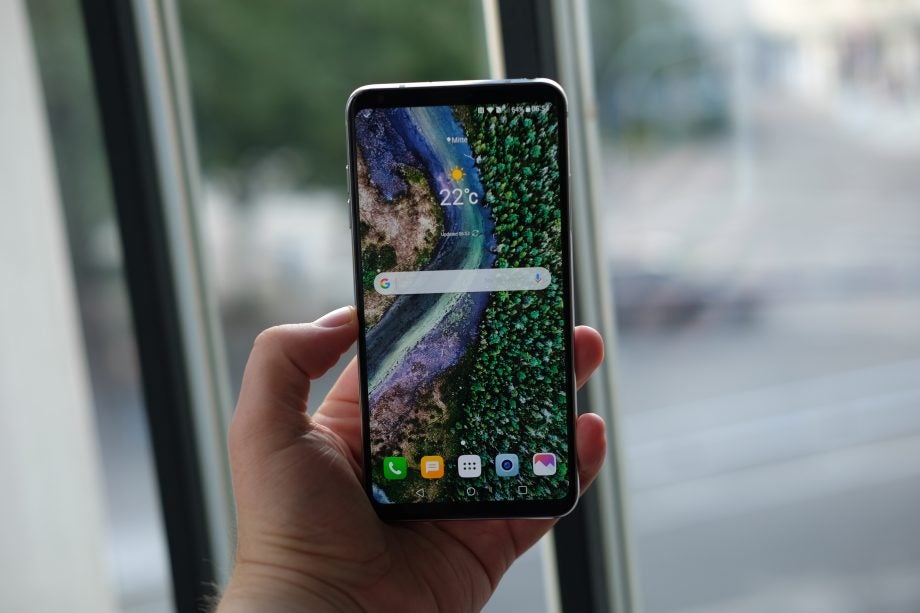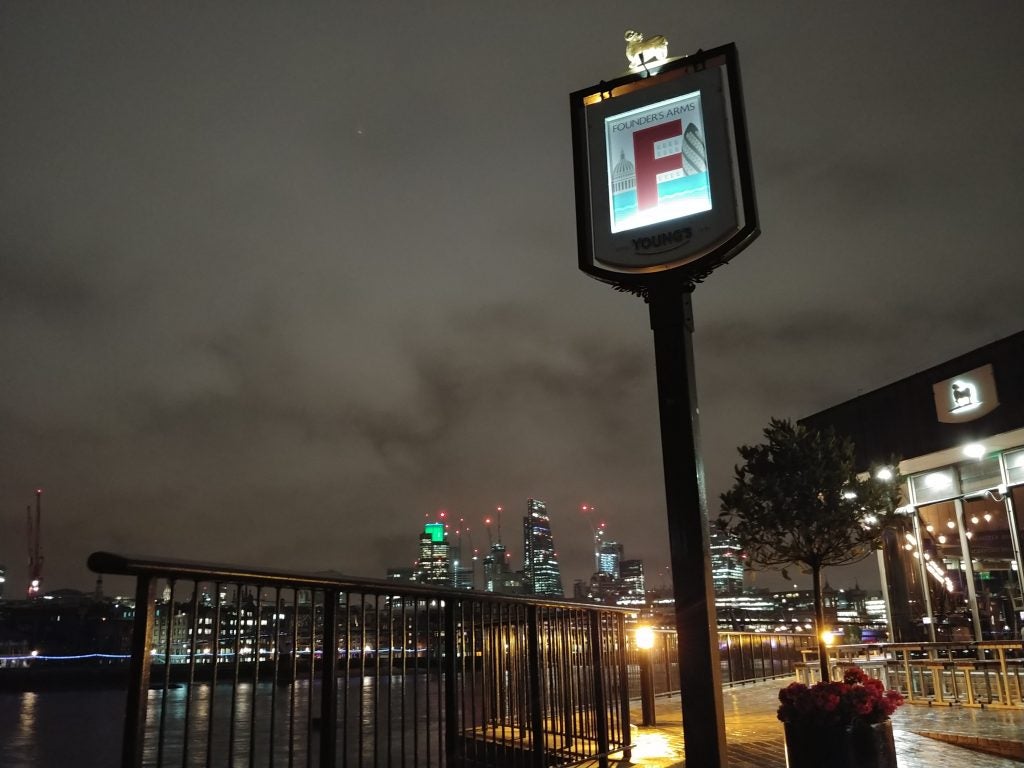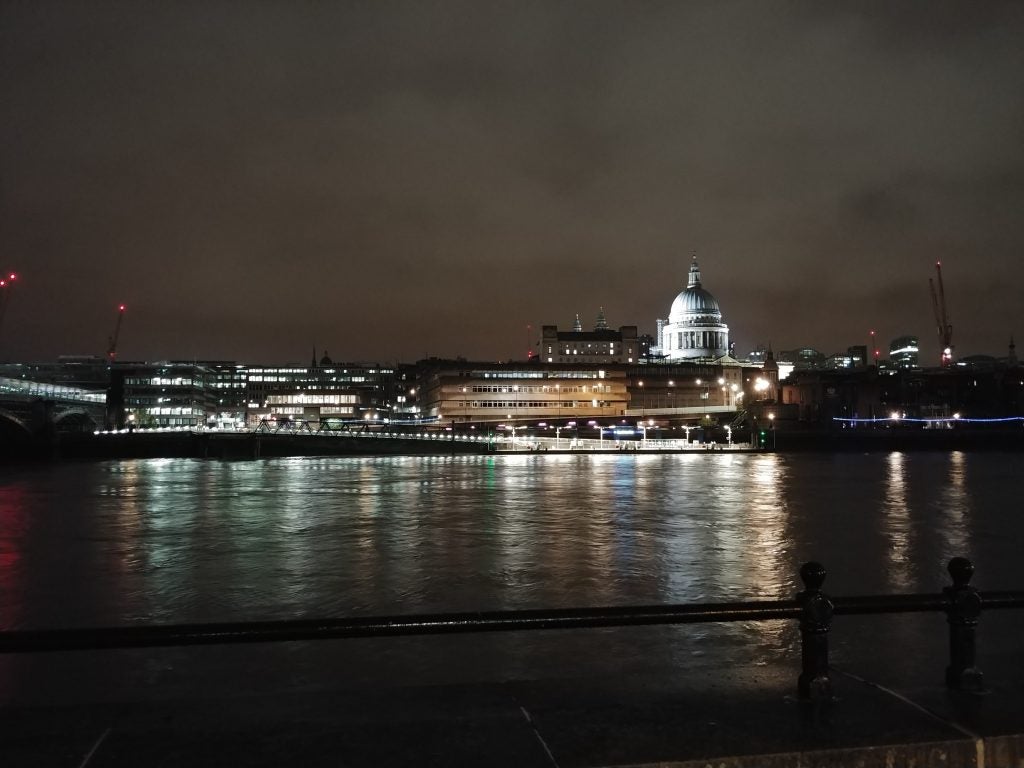LG V30 Review - Camera Review
Camera
LG V30 – Camera LG has once again stuck with a dual-camera array for the V30, with a 16-megapixel unit and a wide-angle 13-megapixel camera. I’ve spoken to lots of people who adore this option, but I’d settle for a telephoto lens and a sleek portrait mode over it anyday. The 16-megapixel main sensor has […]

Sections
- Page 1 LG V30 Review
- Page 2 Software and Performance Review
- Page 3 Camera Review
- Page 4 Battery life and Verdict Review
LG V30 – Camera
LG has once again stuck with a dual-camera array for the V30, with a 16-megapixel unit and a wide-angle 13-megapixel camera. I’ve spoken to lots of people who adore this option, but I’d settle for a telephoto lens and a sleek portrait mode over it anyday.
The 16-megapixel main sensor has a very wide f/1.6 aperture and a lens that’s actually made from glass, rather than plastic. As you’d expect, then, it takes very good photos. Can it match the iPhone 8 and Pixel 2 XL? In my opinion, no.
Photos captured with the V30 are bright, sharp, with noise heavily reduced in all situations.
However, they’re not quite as colourful as the competition. Images are often oddly muted, and the heavy sharpening during post-processing makes close-up macro shots of detailed objects look very artificial.
Having said that, the majority of shots taken with the LG V30 look excellent. That super-wide aperture lets a heap of light into the sensor, resulting in a nice silky blurry background effect without the need to engage any extra modes.
It also does very well in low light, an area in which even flagship phones fall down. Dynamic range is good too, but the contrast between the lightest and darkest points of pictures isn’t quite as pronounced as some other phones.
Low-light shots are bright and light sources aren’t completely overexposed, but noise remains around especially dark areas. To be honest, even the Pixel 2 has a tendency to crank up the noise to ensure detail.

Low-light performance can be really impressive

There’s plenty of detail in pictures

The automatic HDR modes makes a big difference

It’s good when the light isn’t great


Sometimes Colours can feel a bit muted

The 16=megapixel camera packs plenty of detail

The wide-angle camera is great for landscape shots


Landscape shots look great

Processed with VSCO with 4 preset

The front camera is pretty terrible
The secondary camera is a 13-megapixel unit, but it lacks the optical image stabilisation and wide aperture (f/1.9 as opposed to f/1.6) of the main sensor. Again, it’s possible to get some exceptional landscape shots with such a wide-angle camera – but I wish it had all the bells and whistles of the main camera.
Arguably, LG’s more significant focus in terms of the camera is video. The 4K-capable cameras can capture footage in a LOG format, if you want to properly colour-grade it later, but you can also alter the colours on the phone.
There are a number of cinematic effects that initially sound gimmicky, but are surprisingly fun and the results good. Pair an effect with the Point Zoom feature – this lets you focus on an object and smoothly zoom towards it – and you can record some fun little videos.
The 5-megapixel front-facing camera, however, is poor. I understand that there isn’t much room on that thin bezel to cram in a decent sensor, but when you’re trying to aim a phone at ‘creatives’ then it’s important to include good cameras both front and back.


